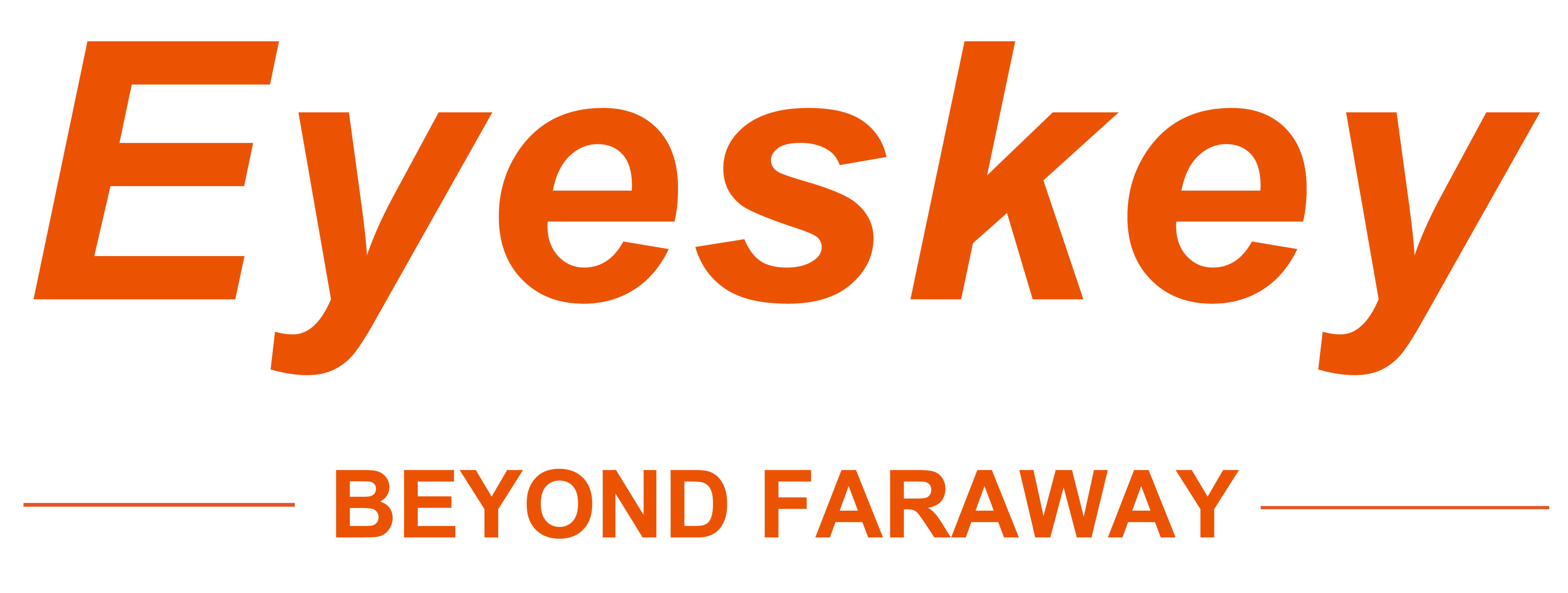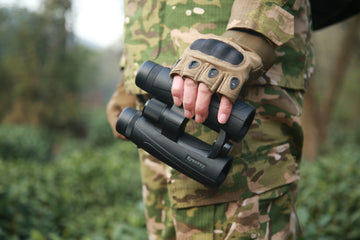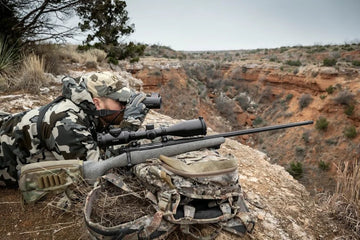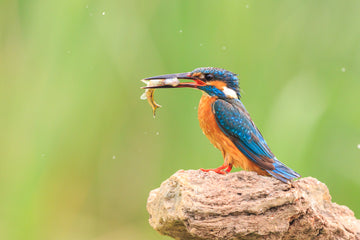Did you know that the human eye can only see about 3 miles away? That is when you stand on a flat surface with eyes above 5 feet off the ground.
The limitations of human eyesight hinder the ability to find and identify hunting prey such as elk and mule deer. You need to employ a wide range of hunting optics like binoculars to enhance your vision.
As enormous as these animals are, elk and mule deer vanish easily into the woods when being hunted. But with a good pair of hunting binoculars, you can track their movements and improve the chances of catching one.
Hunting binoculars are much different from regular ones. As you take caution when picking a binocular, here's a guide to get you started.
At Which Point Would You Consider Picking Binoculars?
Traditional binoculars offer a magnified stereoscopic view of objects at a distance. It typically features two similar telescopes (for both eyes) carefully mounted on a single frame.
Mounting the binoculars on a solid surface or tripod will reduce vibration. But when do you know that it is time to pick a hunting binocular?
Well, you'd definitely need one if you engage or have started engaging in hunting activities. The binoculars will also help when you want to see finer details on the hunting grounds. You wouldn't want to miss a shot of a passing elk or mule deer, making it a good idea to get binoculars.
What to Look For in Binoculars for Elk and Mule Deer Hunting
Binoculars have certain specifications suited for purposes different from birding or general use. With specialized hunting binoculars, you can easily identify the target and have a great field of view as you trace the target.
Here are three things to consider when picking hunting binoculars
1. Objective Lenses, Power, and Bulk
Ever wondered why the most powerful and brightest binoculars aren't great for hunting? It boils down to the objective lens size. You'll need binoculars with large objective lenses for optimal brightness.
However, the bulkier the lenses, the bulkier and heavier the optical device. It thus wouldn't make sense to carry a super heavy optics device together with other hunting gear to the forests. Also, moving around the hunting grounds with the equipment will be tiring.
You also need to check the magnification of the binoculars. If it has powerful magnification, it means that it lets less light get out.
The curvature of the objective lens helps determine the power or magnification of the device. Since it is usually bent to its focal point, it sets the light path length.
2. Balance
For elk and mule deer hunting, you need the right balance between power and size. Go for binoculars with 42mm to 50mm objective lenses. While the suitable power range should be from 8X to 12X, you can go as high as 10X to 12X.
Note that a higher magnification power will result in a narrower field of view. And the image will greatly be affected by vibration.
3. Field of View
If you are looking for a great field of view, go for 8 x 42 binoculars (one with 8x power). This is because low magnification power translates to a wider field of view.
In some rare cases, the field of view can be tweaked by shortening the eye relief at any magnification power. This won't change the fact that the field of view depends on the magnification.
A lower magnification power will be ideal when hunting on woody grounds. The low power will help field of view binoculars to capture a broader area. On the other hand, a high magnification may turn the trees into oversized trunks making it difficult to see the target.
Is a 12X Binocular Good for Hunting?
You'll be surprised that binoculars with a magnification power of 12X and even 15X can help in some hunting situations. To improve your hunting success with this magnification, you have to position yourself (possibly by seating) at a good overlook. You also need to pick apart the habitat and terrain surrounding you.
With this magnification, it will be difficult to hunt on the backsides of ridges. The good thing is that the binoculars will reveal everything on the hunting grounds.
You may want to ask whether a spotting scope can take the place of a 12X binocular. While you may use it, you risk suffering eye strain since only one eye will be open. A binocular makes extended searching easier since both eyes will be open.
Good Examples of Hunting Binoculars
Consider the Captor-ED 42MM and Captor-ED 50MM as the best binoculars for hunting if you are in the market for one. Both of these optical devices have unique features that make them ideal for elk and mule deer hunting.
The Captor-ED 42MM, in particular, 42MM objective lenses with a field of view of 7.2 degrees;. On the other hand, Captor-ED 50MM features 50MM objective lenses with a field of view of 6.1 degrees.
Both of them come with extra low-dispersion glass designed to improve sharpness and clarity. The ED glass also offers precise color representation at the field of view edges.
Captor-ED 42MM and 50MM have multi-coated optics to offer the right color rendition. With closed-bridged configuration, it offers a stable internal focusing platform. There's also a large center focus wheel on the two devices allowing accurate focus control.
And if you are hunting in a highly humid area, the O-ring and nitrogen-filled seal is waterproof to prevent water damage. You can count on the protective armoring for an anti-resistant grip when hunting in wet or cold conditions.
Buy the Best Hunting Binoculars
As you can read from this guide, choosing hunting binoculars doesn't have to be complicated. Approach the market with a clear picture of what you are looking for. Pay attention to specifications such as objective lens measurements and magnification.
Turn to Eyeskey Optics for a variety of optical instruments, including binoculars. The company boasts top-notch production technology and a committed development team to meet your needs. Buy the Captor-ED Series binoculars online today.



